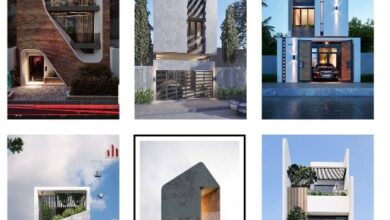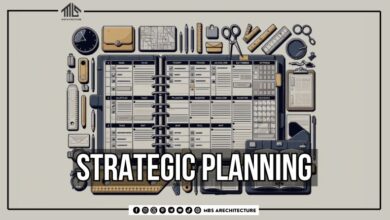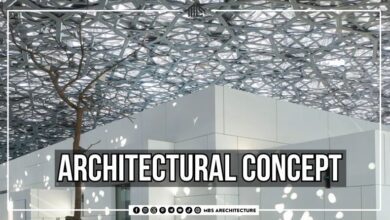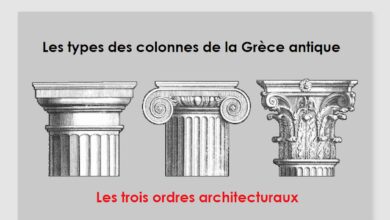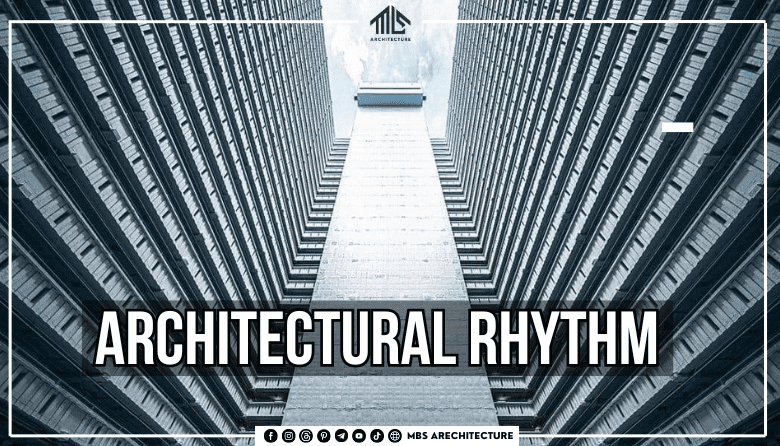
Architectural Rhythm: Symmetry & Repetition in Archways
In the world of architecture, rhythm is a fundamental concept that governs the visual flow and coherence of a structure. This rhythm is often achieved through the strategic use of symmetry and repetition, especially in the design of archways. Archways are not merely functional elements; they serve as focal points that draw the eye and guide movement through a space. The harmonious balance of symmetry and the visual continuity provided by repetition work together to create an architectural masterpiece that stands the test of time.
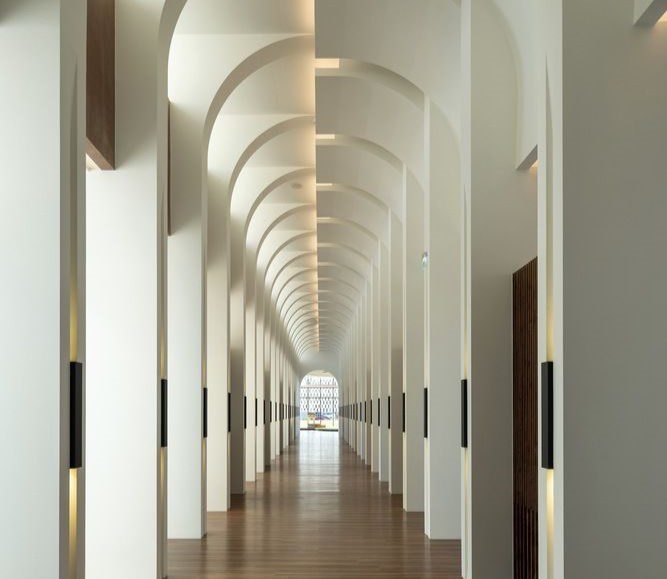
Understanding Architectural Symmetry
Symmetry in architecture involves arranging elements in a balanced and proportionate manner around a central axis. This principle is pivotal in creating visual harmony and stability, making a structure aesthetically pleasing and universally appealing. Symmetry has been a cornerstone of architectural design for centuries, evident in the grandeur of classical structures like the Parthenon in Greece and the Taj Mahal in India.
Symmetry enhances the aesthetic appeal of a building by providing a sense of order and balance. It helps to create a cohesive design where each element is perfectly aligned, contributing to the overall unity of the structure. In archways, symmetry ensures that each side mirrors the other, creating a pleasing visual rhythm that draws viewers into the space.
For more on the principles of symmetry in architecture, explore our Architectural Design Fundamentals section.
The Power of Repetition in Design
Repetition in architecture involves the use of recurring design elements to establish rhythm and coherence within a structure. This principle guides the viewer’s eye across the building, creating a sense of unity and flow. Repetition can manifest in various forms, from repeated columns and windows to the consistent use of materials and colors.
When applied to archways, repetition creates a mesmerizing effect that enhances the depth and continuity of the space. The repeated use of arches, for example, can lead the viewer through a corridor, reinforcing the architectural narrative and emphasizing the structure’s rhythm. By combining repetition with symmetry, architects can create a dynamic interplay that adds to the visual and spatial experience.
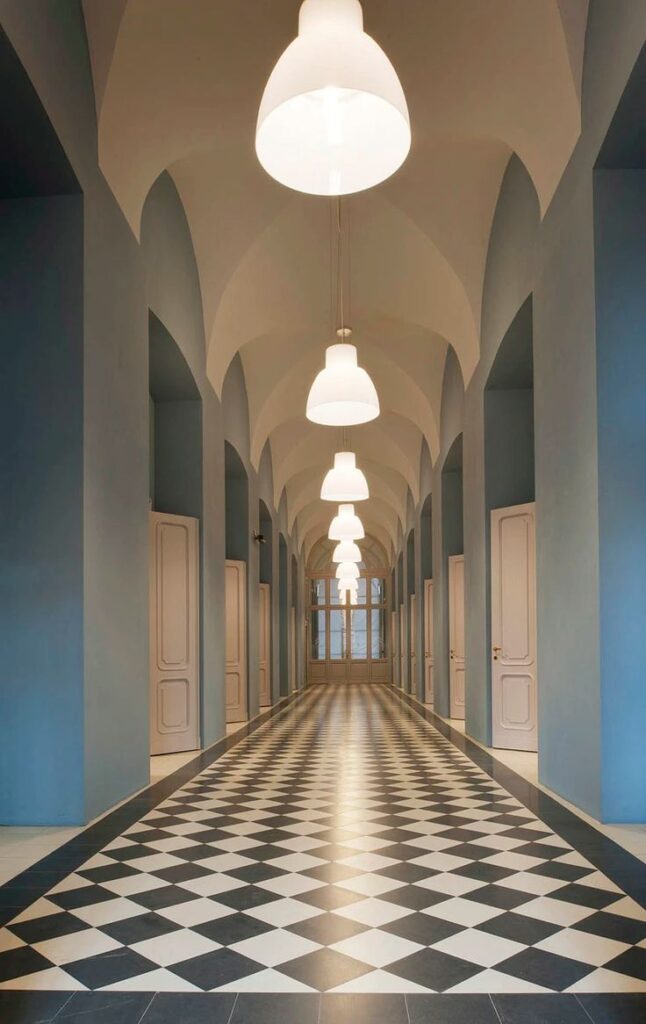
Symmetry and Repetition in Archways
Archways are unique architectural elements that have been used throughout history to signify importance and create a sense of grandeur. The use of symmetry in archways ensures that each side of the arch is a mirror image of the other, creating a balanced and harmonious entrance. When repetition is introduced, such as in a series of arches along a walkway, the effect is both visually striking and rhythmically engaging.
Famous examples of archways that effectively utilize symmetry and repetition include the Arc de Triomphe in Paris and the Great Mosque of Cordoba in Spain. These structures demonstrate how the repetition of symmetrical archways can create a powerful architectural rhythm that enhances the viewer’s experience.
Cultural and Historical Significance
Throughout history, the principles of symmetry and repetition have been used in archway design to convey cultural and symbolic meanings. In ancient Rome, for example, triumphal arches were erected to commemorate victories and were often designed with a high degree of symmetry and repeated motifs to emphasize the power and stability of the empire.
In various cultures, archways have also been used in religious and ceremonial contexts, where symmetry and repetition symbolize the divine order and the infinite. As architecture has evolved, these principles have been adapted to suit modern design philosophies while still retaining their historical significance.
Symmetry and repetition are key components of architectural rhythm, particularly in the design of archways. These principles work together to create structures that are not only functional but also visually captivating. The careful balance of symmetry provides stability and harmony, while repetition guides the viewer’s eye and unifies the space. As we continue to explore new architectural possibilities, the enduring power of these principles reminds us of the timeless beauty they bring to our built environment.

